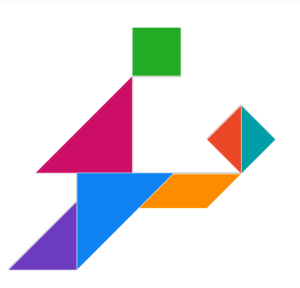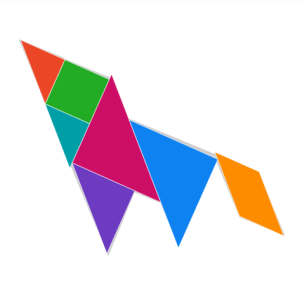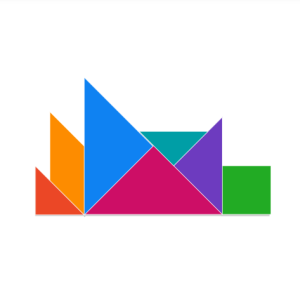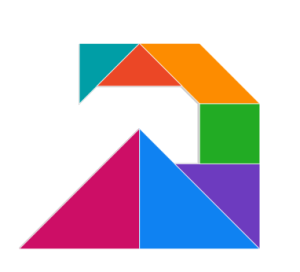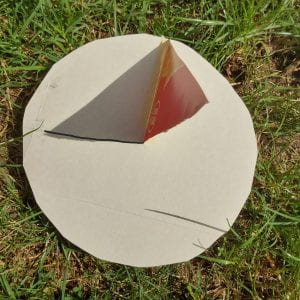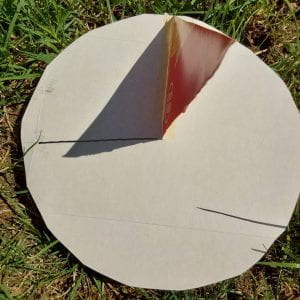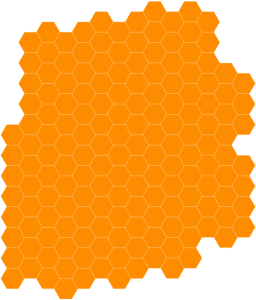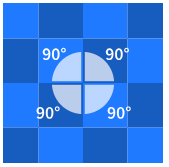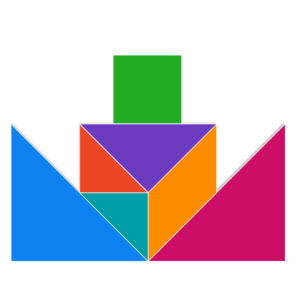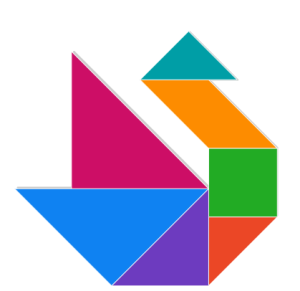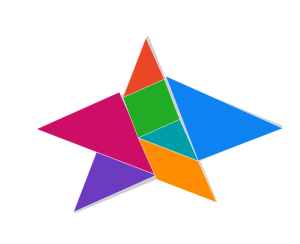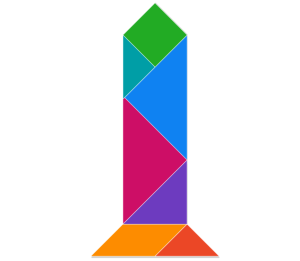I solved 4 advanced Tangram puzzles!
To describe the pictures using math vocab:
The football picture(top left) used reflection symmetry for the football, because the red and blue isosceles triangles have exactly the same angles, and together makes a square. The arms and legs of the picture are made up of shapes that have acute angles.
The wolf picture(top right) is using shapes with their vertices pointing to the top left, which is what the wolf is doing. The head(red, green, blue shapes) and the torso(pink triangle) look like the tail of the wolf(rhombus), but on a bigger scale(proportional/corresponding area). The shapes of the wolf look slanted to the left, like a rhombus(tail of wolf).
The Sydney Opera House(bottom left) uses most of the 3-sided polygons with their vertices pointing upward, like a castle or mountain.
The scorpion picture(bottom right) uses reflection symmetry with two isosceles triangles(blue and pink) to make another larger sized isosceles. The red triangle in-between the smaller blue triangle and the rhombus looks similar to the larger sized isosceles polygon(proportional/corresponding area. They also both have vertices pointing upwards.
How would you describe these images?
Please leave a positive comment down below.
